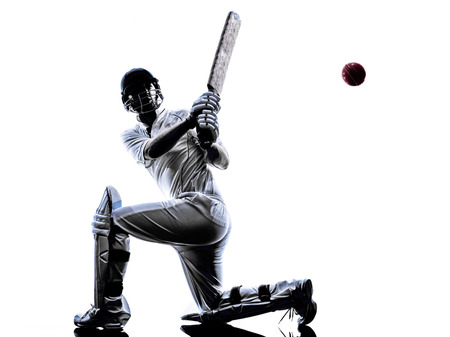Note that your final mark will not be saved in the system.
3.1.2.5 Memory models (efficiency of information processing) GapFill
You must fill all the gaps before clicking ‘Check Answers!’

Schmidt’s schema theory
Schmidt’s schema theory explains how existing motor programmes can be adapted in order to respond to different situations. He demonstrates how the efficiency of information processing can be enhanced through the use of ‘schema’ – a cognitive framework that helps organise and interpret information. There are two types of schema:
1. take place prior to the initiation of movement, whereby the course of action is determined with the aid of memory. It involves two components:
- – the information presented in the performer’s immediate surroundings, e.g. the position of fielding players for a batter in cricket.
- – the type of response that the performer desires, e.g. the cricket player will want to avoid the fielding players as they hit the ball so that they lower the risk of being caught. This will set the parameters for the generalised motor programme, providing information regarding the speed, direction, etc. needed for successful execution of the skill.
2. schemas are involved both during and following the movement that takes place. It also involves two components:
- – how the movement felt when it was being completed or after it was completed, using information collected from sensory organs, e.g. the cricket player will be able to feel, hear and see whether they made clean contact with the ball as they made an attempt to play the ball.
- – how successful the movement was using feedback gained from knowledge of results, e.g. the higher number of runs the batter is able to make, the more successful they will deem the shot they played. This information will then be transferred to the memory store to allow for comparison with future skills and structure a more comprehensive motor programme.
Strategies to improve information processing
There are various strategies that can be used to further improve the efficiency of information processing. These focus on refining the input and decision-making stages of information processing.
Input – the quality of can be improved through repeated practice of situations where the performer learns to ignore distractions and focus solely on important information. At the same time, the relevant stimuli and cues can also be made more perceptible to allow easier recognition of the important information. is a technique that can also be used to focus attention on relevant stimuli, so that the performer is able to run through a sequence of events of how this would contribute to a successful performance.
Decision-making – ‘ ’ is a process which involves linking together separate pieces of information into a logical sequence. An example of this is in Olympic powerlifting, where a power clean is broken down into the first, second and third pulls. Performers looking to optimise this movement pattern often practise linking two pulls together. This refines the decision-making process of when to time each pull to optimise the momentum of the bar. ‘ ’ is another method that can be used, which involves separating the components of a movement and practising each individually before piecing them together in action.